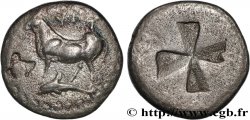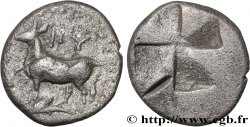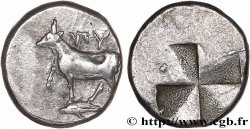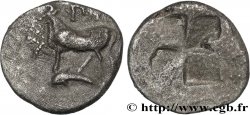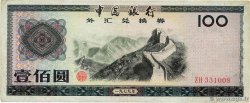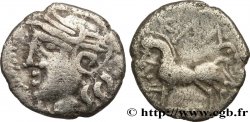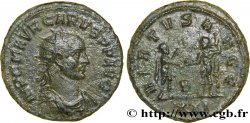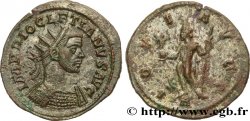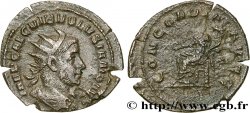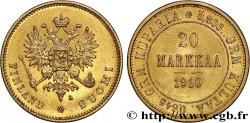E-auction 525-442035 - bgr_831441 - THRACE - BYZANTION 1/4 de drachme ou 1/4 de sicle
You must signin and be an approved bidder to bid, LOGIN TO BID. Accounts are subject to approval and the approval process takes place within 48 hours. Do not wait until the day a sale closes to register. Clicking on « bid » constitutes acceptance of the terms of use of cgb.fr private e-auctions.
Bids must be placed in whole Euro amounts only. The sale will start closing at the time stated on the item description; any bids received at the site after the closing time will not be executed. Transmission times may vary and bids could be rejected if you wait until the last second. For further information ckeck the E-auctions F.A.Q.
NO BUYER'S FEE.
NO BUYER'S FEE.
| Estimate : | 150 € |
| Price : | 53 € |
| Maximum bid : | 53 € |
| End of the sale : | 08 May 2023 14:04:00 |
| bidders : | 9 bidders |
Type : 1/4 de drachme ou 1/4 de sicle
Date: c. 416-357 AC
Mint name / Town : Byzance,Thrace
Metal : silver
Diameter : 12 mm
Orientation dies : - h.
Weight : 1,06 g.
Coments on the condition:
Monnaie légèrement décentrée au droit. Usure régulière. Patine grise
Catalogue references :
Obverse
Obverse legend : (BY) ARCHAÏQUE.
Obverse description : Vache passant à gauche, placée sur un dauphin tourné à gauche.
Reverse
Reverse legend : ANÉPIGRAPHE.
Reverse description : Carré creux en ailes de moulin.








 Report a mistake
Report a mistake Print the page
Print the page Share my selection
Share my selection Ask a question
Ask a question Consign / sell
Consign / sell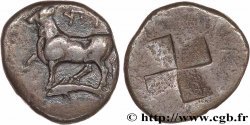
 Full data
Full data
